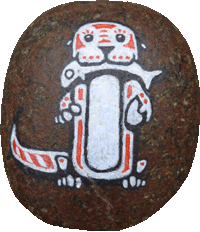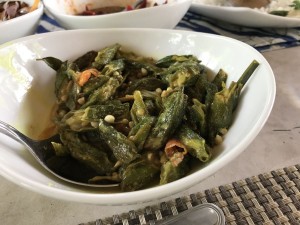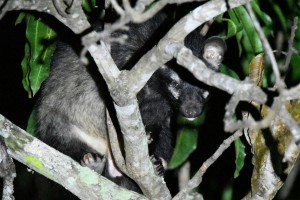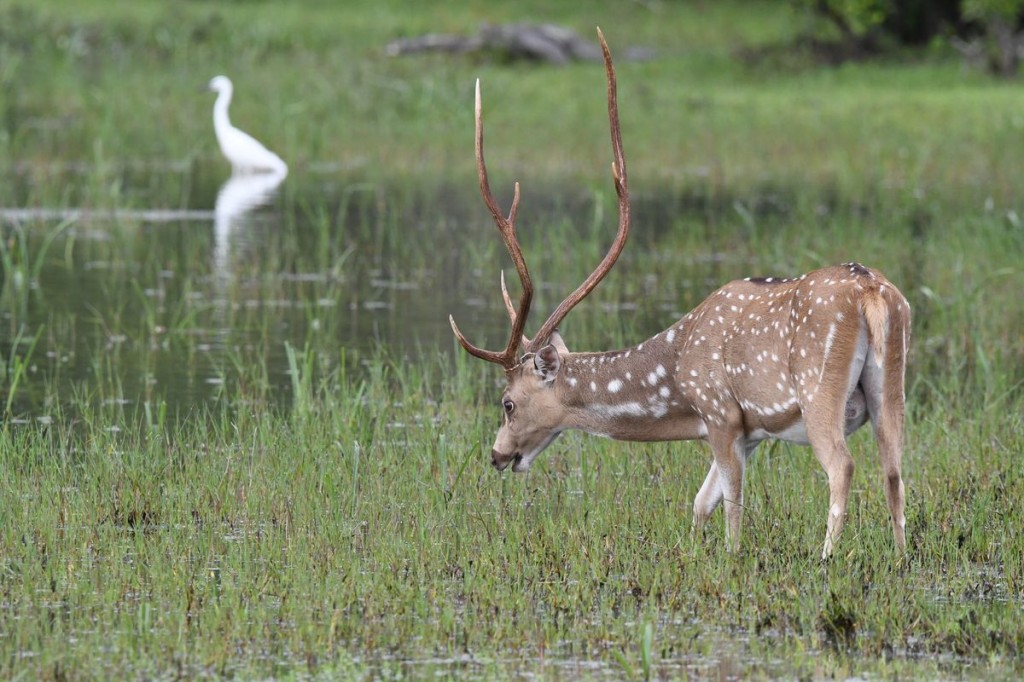Lunch has rectified the food situation. More good daal, but this time with an astonishingly good beetroot curry and a pork curry and an okra curry and a dish of sour stir-fried veg and chunks of roasted river fish. All ace.
We went out in the afternoon for another game drive, and to be honest it was low on highlights. There’s an accelerated kind of “familiarity breeds contempt” that happens with wildlife watching if you stay somewhere for 2 or 3 days to try and see lots of species. On the first drive you are happy with your first sighting of a chital or muntjac deer, and you spend ages watching and photographing the first Indian hare that stays put for a while rather than bounding off. But by the third drive you can barely be bothered to murmur “hare” to your companions when you spot one, or “mugger” (crocodile) or “boars” or “monitor” (lizard) or “sambar” (deer again).
So: Wilpattu National Park is full of beautiful woodlands and lots of wildlife. But we’ve now seen everything we’re likely to see by daylight except for elephants, and they were not obliging. It’s the wet season, so they just have no need to congregate at the waterholes yet.Meanwhile our final night drive failed to show anything new either. We’ve seen a half dozen nocturnal species here now, but the “special” targets in Sri Lanka are the small cats; jungle cat, rusty spotted cat and fishing cat. Most trip reports include several jungle cat sightings and one or both of the others. We’ve been out three times and not seen one. It’s a combination of things: full moon, wet season and firecrackers. The full moon is terrible for night spotting around the world, for some reason nocturnal mammals just stay in bed. The wet season is bad because the vegetation is high and cats are small. The firecrackers are used to scare elephants out of the crops at this time of year, and supposedly they scare everything else.
Related Images:
















































